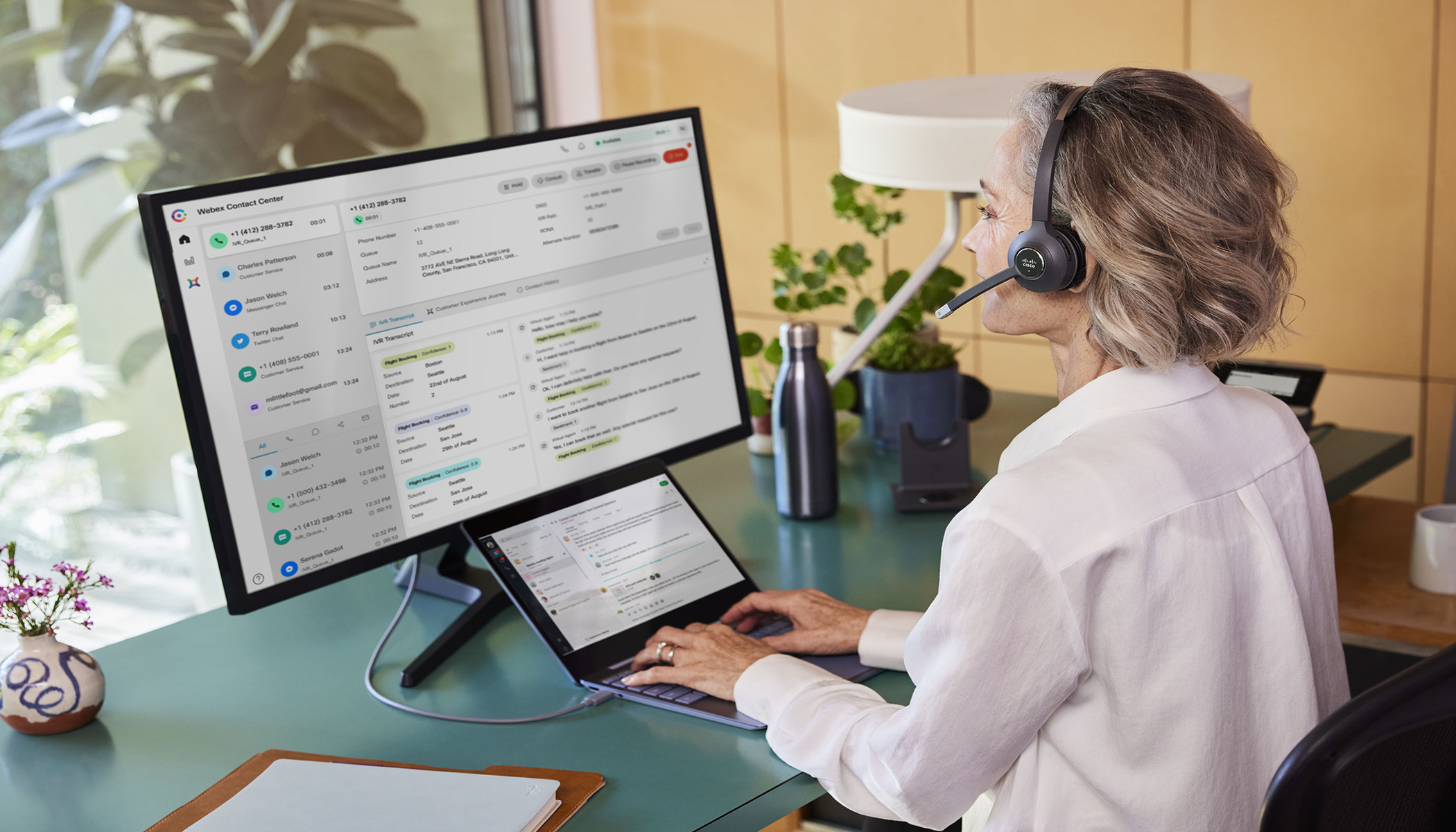Socially-engineered fraud attacks are on the rise. Learn how to protect your brand and your customers while delivering meaningful customer communications.
Customers expect timely, personalized brand interactions that inform and add contextual value throughout their journey—in the right place, at the right time.
However, you can only orchestrate and automate these connected experiences if customers trust the communications they receive. And that’s a huge challenge: earning and retaining customer trust isn’t easy in an era of rising social engineering attacks.
In this article, we’ll look at the emerging communications threats you need to know about, the consequences of inaction, and how to fortify your branded interactions to build customer trust.
Social engineering is on the rise—and it cuts deep
Social engineering attacks manipulate people into sharing information and performing actions they otherwise wouldn’t—such as sharing their bank details or consenting to a malware attack that lets others exploit their data.
Fraudsters typically achieve this through phishing, which is sometimes called smishing when done via SMS, in which criminals impersonate trusted brands or persons—possibly even your customers. These attacks are growing in frequency and complexity, driven in part by the normalized use of data-driven, omnichannel communications across the customer journey.
This gives criminals more opportunities to exploit customers across multiple touchpoints, helping them diversify their fraud attempts, collect more data, and avoid detection.
Plus, we’re seeing more sophisticated fraud tactics like authorized push payments (APP) that trick victims into sending money to a fraudulent contact. And while most APP fraud cases occur online, the rise of app-like payment capabilities in messaging channels creates new attack vectors for fraudsters to exploit.
Generative AI is also helping expand the fraudster’s toolkit by automating highly targeted spear phishing attacks on individuals using AI-generated messaging. It offers high scalability, too, accelerating time to attack by 40% while simplifying translation and distribution across multiple channels [i].
Why security matters (and the consequences of inaction)
Data breaches caused by social engineering attacks cost businesses an average of 4.55 million USD [ii].
While fines and compensation costs are often quickly absorbed, reputational damage can last forever. Lose a customer’s trust and you risk losing them for good—especially when a competing experience is only a touch away.
Just ask the 97% of consumers who prefer to do business with companies with a strong track record of protecting data privacy.
There’s no getting around it, secure brand communications are more essential than ever. Here’s how to fortify your communications to nurture customer trust—and protect brand reputation.
Give peace of mind with secure brand interactions
An enterprise-grade communications platform as a service (CPaaS) lets you build and automate connected, personalized customer experiences across multiple channels.
The best CPaaS providers build the latest fraud prevention and data protection capabilities into every layer of the cloud platform, including:
Sender verification to build trust in your brand
Integrated sender verification makes it easy for customers to verify you as a legitimate branded contact, rather than a malicious imposter. Knowing they can trust your interactions and confidently share information offers peace of mind.
Key verification capabilities to look out for include branded text and caller ID.
Branded text
Branded text lets you send branded messages to compatible SMS devices, including those that support Rich Communication Services (RCS). With a branded sender ID, verified account checkmarks, and viewable company profiles, your customers can instantly confirm your texts as the real deal.
Caller ID (CID) registration and email verification
CID is a fast and easy way to ensure that all your customer communications include your brand’s latest and most accurate contact information, and your provider should comply with STIR/SHAKEN regulations to ensure your calls aren’t marked as spam. Likewise, email verification enables customers to trust that your messages come from who they say they do while giving them control around continuing to receive them.
How does RCS enhance brand verification?
RCS offers app-like multimedia messaging without the need for over-the-top (OTT) messaging apps. It’s supported by many major carriers and is expected to surpass 1 billion users by the end of 2024 [iii].
As carrier support grows, you’ll be able to reach more customers through their default messaging service with dynamic digital interactions, including branded logos, badges, images, and videos. You can also embed contextual buttons that trigger actions and defined outcomes, like making or verifying payments.
RCS includes a built-in “verified senders” protocol that quickly verifies you as a real business and places a checkmark of approval next to your brand name and logo at the top of the conversation. This makes it easier for customers to confirm your legitimacy.
Customer identity management protects both ways
Many CPaaS solutions also include customer identity management tools to help stop employees—and even automated chatbots—from volunteering sensitive information to compromised customer accounts and fraudsters.
Visual flow builders let users easily build customer journeys using simple, drag-and-drop components. This includes contextual security checks, such as periodic password resets and one-time passwords. You can also automate alerts in cases of suspected fraudulent activity, helping customers quickly escalate it for investigation.
Adding multiple layers of customer verification further enhances identity protection. For example, you can use CPaaS to trigger two-factor authentication (2FA) checks, requiring customers to provide two forms of identification through SMS, push notifications, or even by using their voice. Plus, automated number lookup capabilities ensure you only ever share information with verified customers on a trusted device.
Plus, working with a CPaaS provider that has access to verify consumer data from operators can help you stay on top of network threats, enabling you to avoid threats such as SIM swapping and prevent fraudulent activity.
When combined in a single, enterprise-grade cloud communications platform, these features give you the proactive insight and intuitive security capabilities to protect your brand and build customer trust every step of their journey.
Discover the five pillars of cloud communications security
Read our security guide to learn how our enterprise-grade CPaaS, Webex Connect, powers secure cloud communications and protects you and your customers from the latest social engineering threats and more.
Related Posts:
- The Webex Advantage: Navigating Customer Experience in the Age of AI
- How Webex customers leverage Cisco AI Assistant to transform hybrid work and CX
- A quick guide to AI for CX: Know your NLU’s from your LLM’s
- How AI is shaping the future of contact center operations
[i] https://sosafe-awareness.com/company/press/one-in-five-people-click-on-ai-generated-phishing-emails-sosafe-data-reveals/
[ii] https://www.ibm.com/downloads/cas/E3G5JMBP
[iii] https://www.juniperresearch.com/press/rcs-active-users-to-surpass-1bn-2024/






